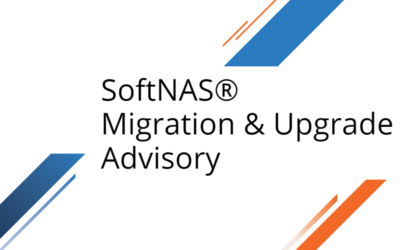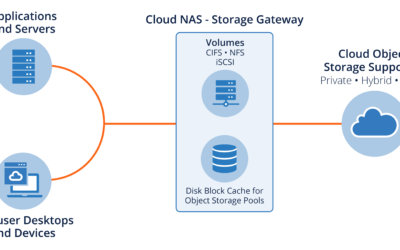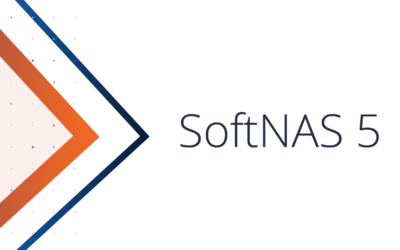5 essentials for a successful cloud data management strategy.
Every business relies upon data to run. A lot of information is required for daily operations — from Cloud data about products and customers to data on employment contracts and security systems to source code for applications in development. If this data becomes inaccessible for any reason it can be catastrophic for the business.
Cloud data management strategy
Many organizations have been collecting data for years and it’s common to have data residing in multiple locations spread across the globe. Networks grow more complicated by the day. When new software is deployed, it must be integrated with legacy systems, and there are new devices to consider, not to mention mergers and acquisitions.
This complex data structure is accessed and manipulated by an ever-changing cast of employees, contractors, and third-party partners. Data goes missing, sometimes it’s deleted by accident, and sometimes it’s deliberately stolen or destroyed. There are several potential cloud data management pitfalls that must be avoided. Maintaining accessible, reliable data access without compromising security requires careful planning and there are five essential cloud data management strategies to consider.
Data at rest
You may think your data is safe, packed away in storage behind firewalls and other defenses, but if you haven’t encrypted it, then it’s still at risk. Encryption prevents thieves from understanding any data they do manage to successfully exfiltrate. Your employees may have insecure mobile devices that offer a way in for attackers, they may share something accidentally, or a disgruntled employee could deliberately steal data. Encrypt it and guard access to decryption keys and you can reduce risk significantly.
Data at the point of access
Any request to access data must be reviewed and authenticated. Restricting access is vital and you should start by analyzing who really needs access to what. Set up specific access rights for different employees, verify the devices that request data as well as the people, and create a trail that records each data transaction. You can make access frictionless without sacrificing security with behavioral analysis to verify data requests.
Data in transit
Easy access to data is crucial for employees, but the conduit between them and the data in storage must be secure. Data should be encrypted while it moves, in case of any interception. You also need to consider VPN services, separate secure partitions on endpoints, and virtualization to ensure that data doesn’t live on insecure devices.
Data on arrival
Make sure that you verify the integrity of your data when it reaches its destination. It’s also crucial that data can verified to be genuine, so having a chain of custody or audit trail showing where data entered the company, where it’s been, who modified it and when is important.
Data backup and recovery
Even with impeccable data management and solid security in place, things can go wrong. It’s not enough to have backups and a recovery plan in place, you also need to test to make sure it works as expected. Proper data archiving in the cloud can offer swift and reliable access to your latest data when you need it most, reducing a hacker attack from a disaster to a mild inconvenience.
By considering these five cloud data management strategies you can ensure staff always has access to the data they need and mitigate the threat of attacks or errors. For a more complete analysis, please check out my blog on Network World. See how a Cloud Data Platform can help you address these 5 essentials.
About the Author:
Rick Braddy is founder and CTO of Buurst.
Check Also:
The 5 pillars of cloud data management
Data Management Software
Designing your storage to meet cost and performance goals
7 Essential Strategies for Cloud Data Management Success






